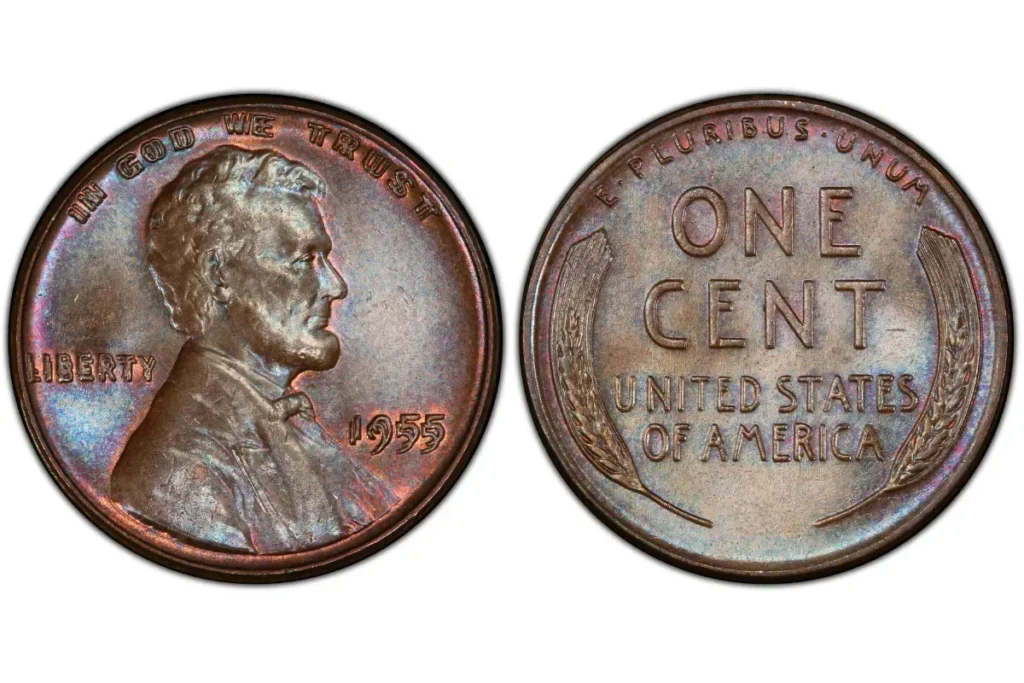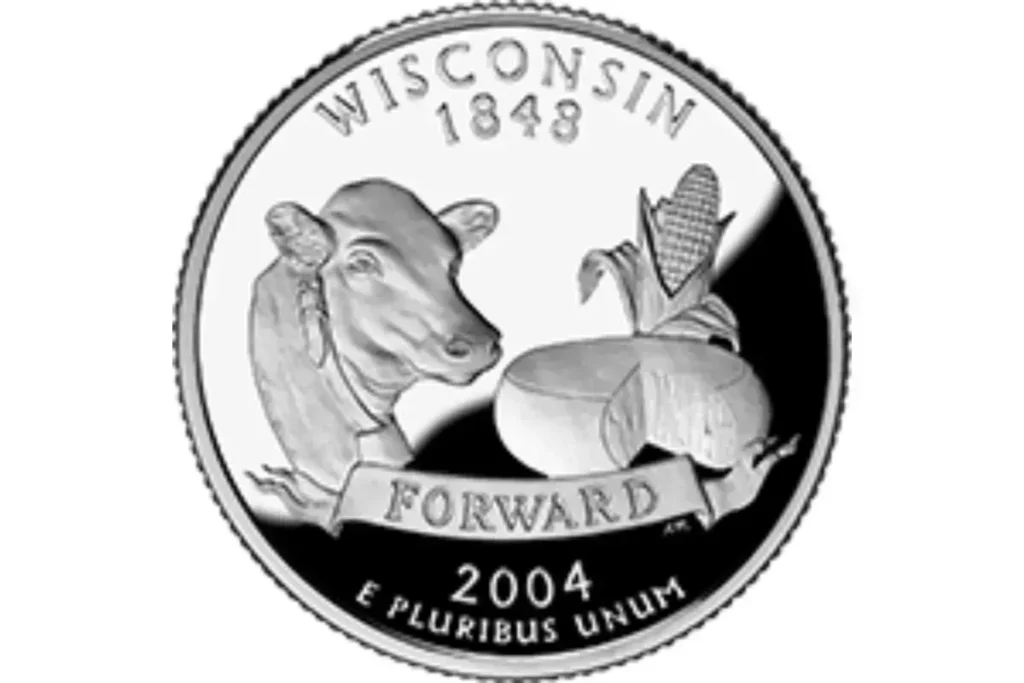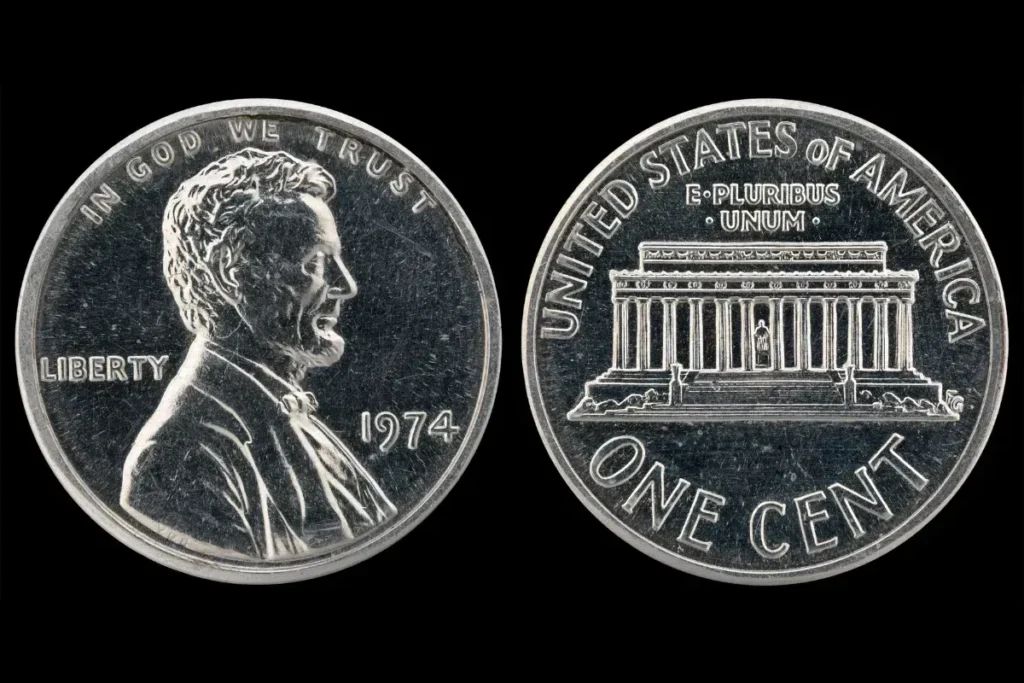Coin collecting, also known as numismatics, goes beyond just collecting old coins. Sometimes, regular coins can become incredibly valuable due to minting errors. These errors are rare and often happen by mistake during the
coin-making process. Because of their rarity, some of these flawed coins are worth thousands or even millions of dollars. In this article, we’ll explore 12 incredible mint errors that turned everyday coins into valuable collectibles.
1. 1955 Doubled Die Lincoln Cent

The 1955 Doubled Die Lincoln Cent is one of the most famous and valuable mint errors. This error happened because of a misalignment during minting, which caused the front of the coin to be struck twice. The doubling effect is visible on the words and the date, making it highly valuable.
Key Details:
- Date: 1955
- Error Type: Doubled die on the front
- Value: $1,000 to $25,000 (depending on condition)
2. 1969-S Doubled Die Lincoln Cent
The 1969-S Doubled Die Lincoln Cent also has noticeable doubling on the front, especially on the words “LIBERTY” and “IN GOD WE TRUST.” This error makes the coin very valuable.
Key Details:
- Date: 1969
- Mint: San Francisco
- Error Type: Doubled die front
- Value: $30,000 to $100,000 (depending on condition)
3. 2004 Wisconsin State Quarter (Extra Leaf Error)

This quarter is known for having two versions of an error: an “extra leaf high” and an “extra leaf low” near the corn stalk. These additional leaves were caused by die gouges during the minting process.
Key Details:
- Date: 2004
- Error Type: Extra leaf varieties on the back
- Value: $300 to $3,000 (depending on condition)
4. 1943 Bronze Lincoln Cent
During World War II, the U.S. Mint switched from using copper to steel for pennies to save copper for the war effort. However, some bronze planchets from 1942 were mistakenly used in 1943, making these rare coins highly valuable.
Key Details:
- Date: 1943
- Error Type: Struck on bronze planchet instead of steel
- Value: $100,000 to $1.7 million
5. 1974 Aluminum Lincoln Cent

The 1974 Aluminum Lincoln Cent was part of an experiment to use aluminum instead of copper for pennies. These coins were never officially released, but a few have survived and are now highly valuable.
Key Details:
- Date: 1974
- Error Type: Struck on aluminum planchet
- Value: Estimated $250,000 to $2 million
6. 2000 Sacagawea Dollar (Wounded Eagle Error)
This error shows a die gouge that makes it look like the eagle on the back of the coin has been speared or cut, giving it a “wounded” appearance.
Key Details:
- Date: 2000
- Error Type: Die gouge on the back (Wounded Eagle)
- Value: $100 to $5,000
Mint errors can turn ordinary coins into valuable treasures. Whether it’s a doubled die, an extra leaf, or a rare metal like aluminum, these mistakes highlight the unexpected ways coins can become
highly sought-after collectibles. So, the next time you look at your coins, you might want to check for these rare minting errors—you could be holding a fortune in your hand!
What is a mint error?
A mint error is a mistake that happens during the coin-making process, like a doubled die or wrong metal being used, which can make coins very valuable.
Why are coins with errors so valuable?
Coins with errors are rare, and collectors find them unique. The fewer there are, the more valuable they become.
How do I know if my coin has a mint error?
You can check for doubling on the letters or unusual features, like an extra leaf on a quarter or an odd metal for a penny.
Can I find valuable error coins in everyday change?
Yes, it’s possible to find error coins in your regular change. Some collectors have discovered valuable coins without even knowing at first!
What should I do if I find a coin with a mint error?
If you think you’ve found an error coin, you should have it checked by a professional numismatist to confirm its authenticity and value.














